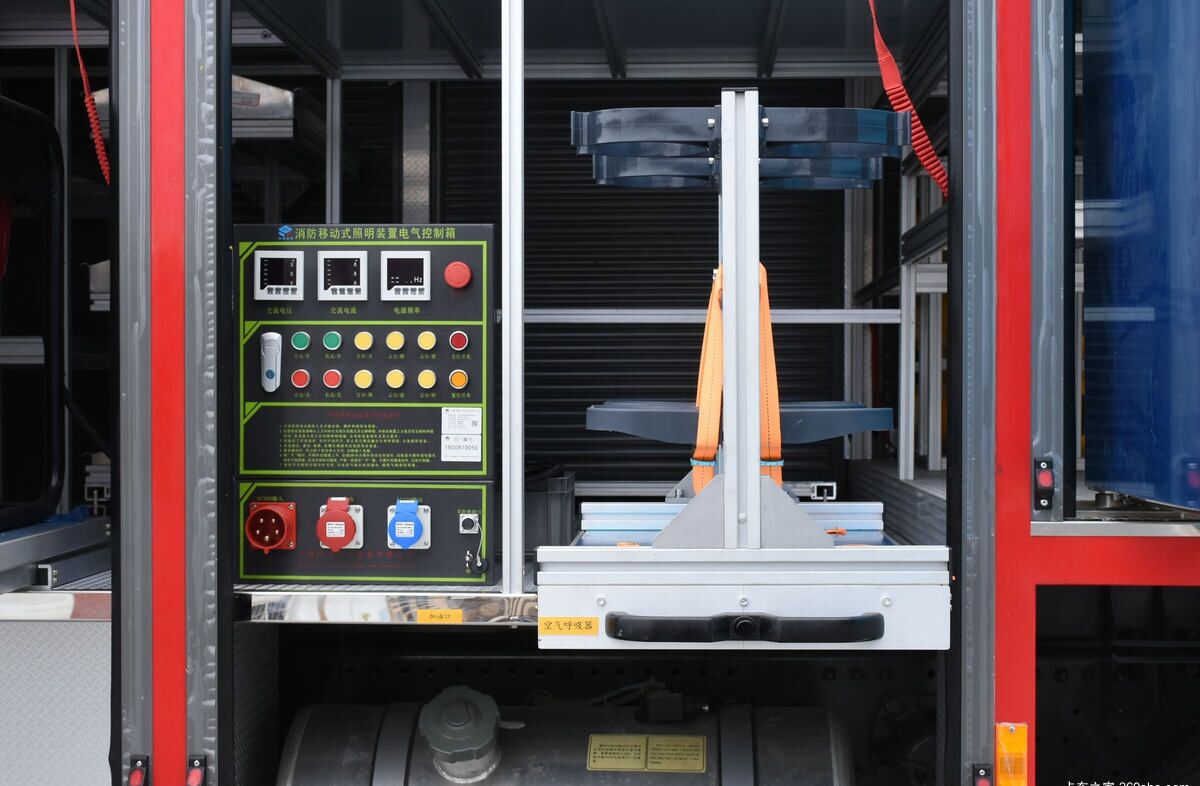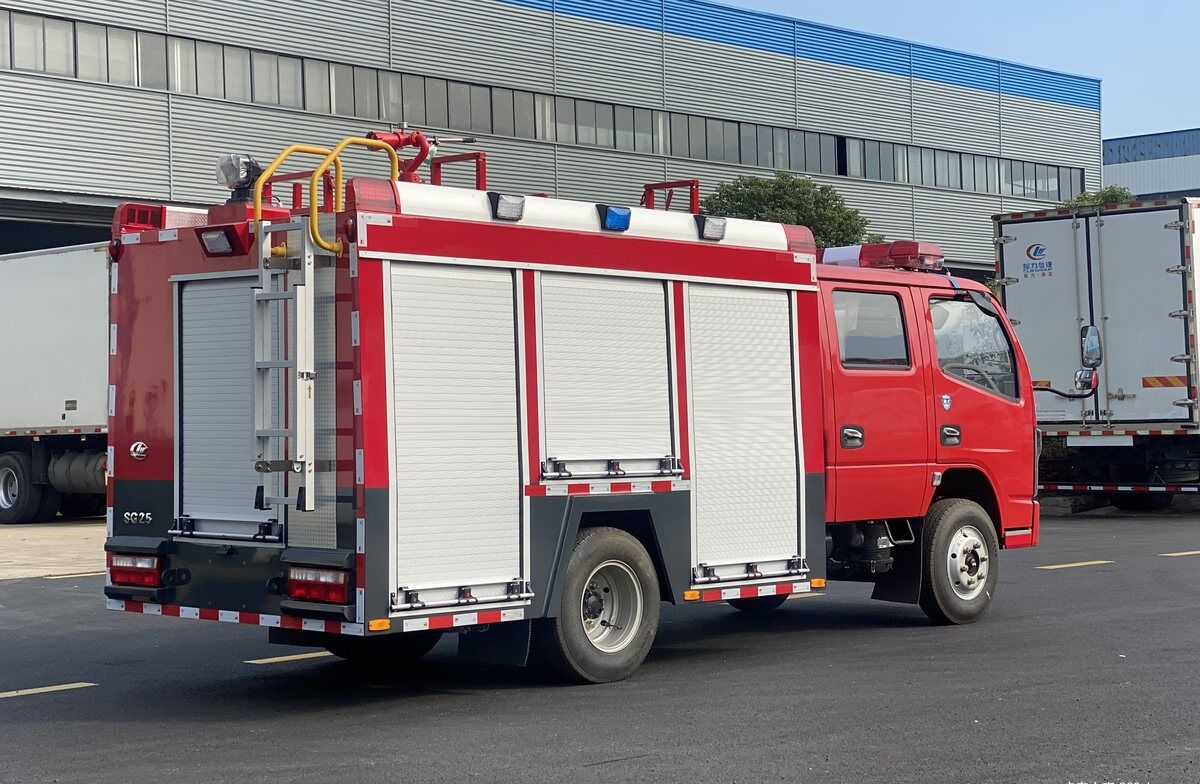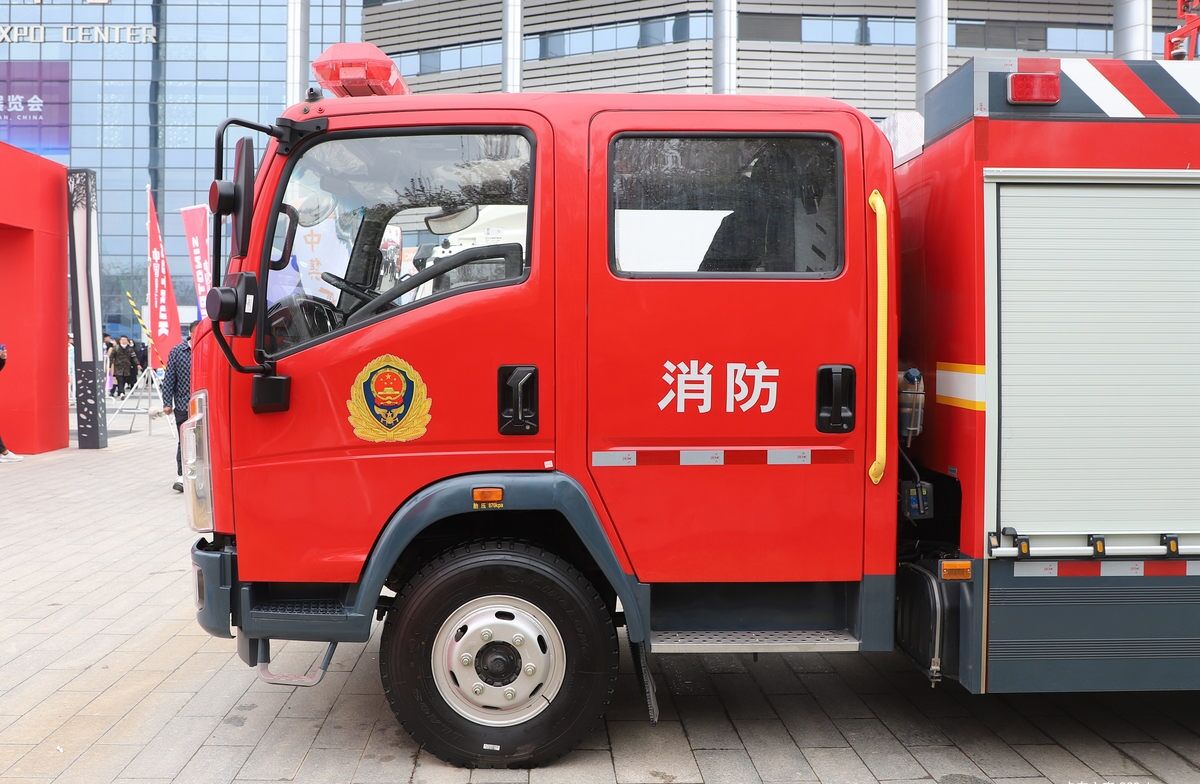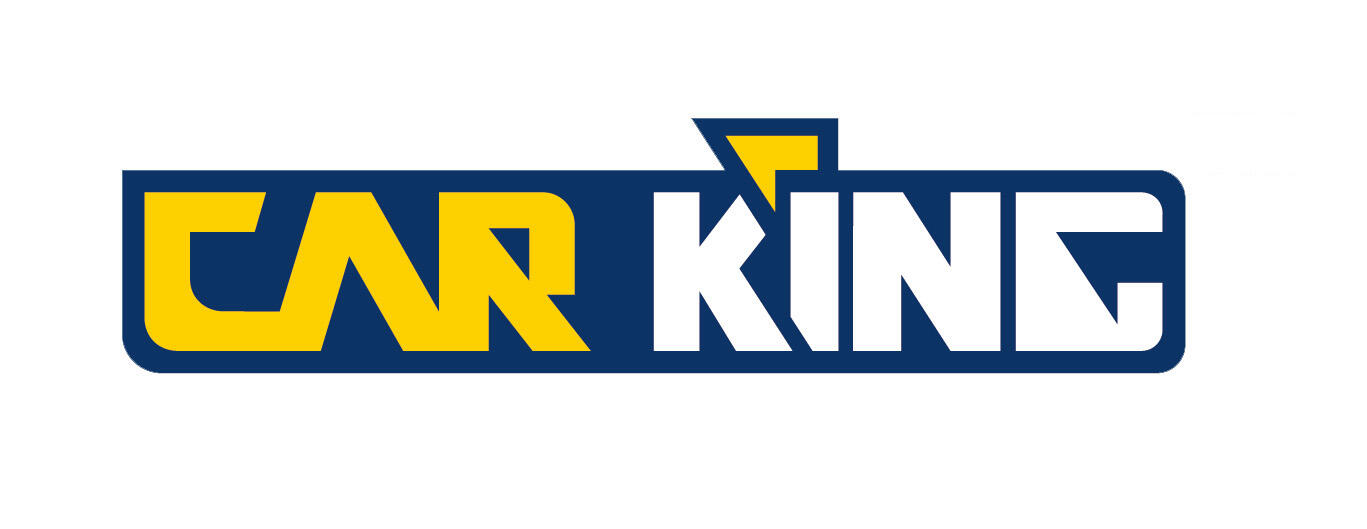fire fighting vehicles
Fire fighting vehicles represent the pinnacle of emergency response equipment, combining advanced technology with robust functionality to combat fires effectively. These specialized vehicles are engineered to deliver exceptional performance in critical situations, featuring high-capacity water tanks, powerful pumping systems, and state-of-the-art firefighting equipment. Modern fire trucks are equipped with sophisticated electronic control systems that monitor water pressure, tank levels, and vehicle stability. They incorporate telescopic ladders reaching heights of up to 100 feet, enabling firefighters to access tall buildings and perform rescue operations. The vehicles are designed with comprehensive storage solutions for essential equipment, including hoses, breathing apparatus, rescue tools, and medical supplies. Advanced LED lighting systems ensure optimal visibility during night operations, while automated pump controls allow for precise water and foam distribution. These vehicles also feature stability control systems for safe navigation in challenging conditions and integrated communication systems for seamless coordination with emergency response teams. Their versatility extends beyond firefighting to rescue operations, hazardous material containment, and emergency medical response, making them indispensable assets for fire departments worldwide.



